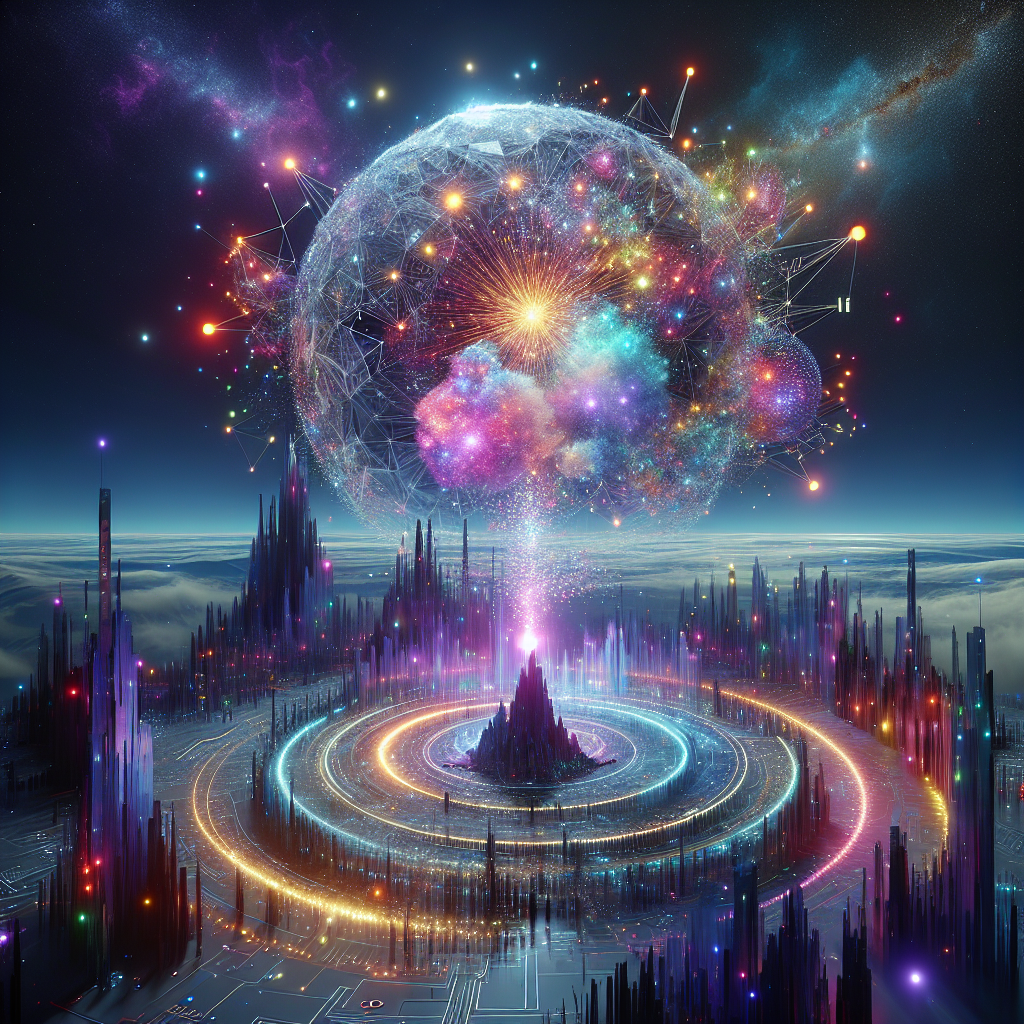The Role of Generative AI in Content Creation

The Role of Generative AI in Content Creation
Introduction
In today’s digital age, content reigns supreme. From blogs and videos to podcasts and social media posts, the demand for engaging material is higher than ever before. Enter generative AI—a revolutionary force transforming content creation with generative AI and enabling innovative approaches to digital content generation. With its ability to automate storytelling in ways previously unimaginable, generative AI is reshaping how creators produce and distribute their work.
This blog post explores the profound impact of generative AI on content creation, examining its capabilities, benefits, and potential challenges. We’ll delve into various applications across industries, discuss ethical considerations, provide insights into future trends, and share real-world examples that illustrate these concepts in action.
The Evolution of Content Creation
To fully appreciate generative AI’s role in content creation, it’s essential to understand the field’s evolution.
Pre-AI Era: Traditional Methods
- Manual Processes: In the past, content was crafted manually by writers, designers, and editors. This approach was time-consuming and limited by human capabilities.
- Human Creativity: The uniqueness of each piece relied heavily on individual creativity and expertise.
Early Digital Age: Automation Begins
- Basic Tools: Software like Microsoft Word and Adobe Creative Suite began automating certain tasks but still required significant human input.
- Content Management Systems (CMS): Platforms such as WordPress made content publishing easier, yet creation remained largely a manual process.
The AI Revolution: A New Frontier
The advent of generative AI has revolutionized the landscape. This technology can create high-quality content efficiently and at scale, offering new possibilities for creators worldwide.
Generative AI in Content Creation
Generative AI leverages advanced machine learning algorithms to produce original content. Here’s how it transforms various aspects of content creation:
Automated Storytelling
- Narrative Generation: Tools like OpenAI’s GPT-3 can craft compelling narratives, from short stories to full-length novels.
- Personalized Content: Algorithms analyze user data to generate personalized content tailored to individual preferences.
By employing artificial intelligence for writing assistance, professionals can produce high-quality content more efficiently. Advancements in language models facilitate the development of compelling narratives and marketing materials, making generative AI a valuable asset across industries.
Expanded Applications
Enhanced Creative Processes
Generative AI tools assist creators by providing inspiration and generating drafts that serve as starting points for further refinement. This enhances productivity and allows creatives to focus on adding personal touches and expertise.
Multilingual Content Creation
AI models can now generate content in multiple languages, breaking down barriers and reaching global audiences with ease. This capability is particularly beneficial for businesses seeking international expansion without the need for extensive human translation resources.
Case Studies
- The New Yorker: Known for its meticulous editorial process, The New Yorker has experimented with generative AI to brainstorm ideas and explore new storytelling techniques.
- Netflix: Leveraging AI tools, Netflix analyzes viewer data to generate personalized recommendations and even develop scripts that align closely with audience preferences.
Ethical Considerations
While the potential of generative AI in content creation is vast, it also raises ethical questions:
Bias and Representation
AI models are trained on existing datasets, which may contain biases. Ensuring fair representation and avoiding perpetuation of stereotypes requires careful oversight and continuous improvement of algorithms.
Content Authenticity
As AI-generated content becomes more sophisticated, distinguishing between human-created and AI-assisted works can become challenging. Establishing guidelines for transparency about the use of generative AI is essential to maintain trust with audiences.
Intellectual Property
The rise of AI in creative fields prompts questions around intellectual property rights. Who owns a piece of content generated by an AI? Current legal frameworks are still adapting, and clear policies will be necessary as this technology evolves.
Future Trends
Looking ahead, the integration of generative AI into content creation is expected to deepen further:
Collaborative Creativity
AI tools can become partners in creative processes, offering suggestions that inspire human creators. This collaboration could lead to innovative forms of art and storytelling previously unimagined.
Real-time Content Generation
With advancements in processing power, AI models may soon generate content in real-time for live broadcasts or interactive experiences, enhancing engagement and personalization at unprecedented levels.
Conclusion
Generative AI is redefining the landscape of content creation by offering powerful tools that enhance efficiency, creativity, and reach. By understanding its capabilities, addressing ethical concerns, and embracing future trends responsibly, creators can unlock the full potential of this transformative technology. As generative AI continues to evolve, it promises to be an indispensable ally in producing engaging, diverse, and innovative content for audiences worldwide.
Frequently Asked Questions
1. What exactly is generative AI?
Generative AI refers to artificial intelligence models capable of generating new content—be it text, images, music, or other forms—based on patterns learned from existing data. These models use machine learning algorithms to create original outputs that mimic the style and structure of the input they were trained on.
2. How does generative AI differ from traditional AI?
Traditional AI often focuses on task-specific applications like image recognition or natural language processing, where it performs set tasks based on pre-defined rules. Generative AI goes a step further by creating new content and ideas rather than just identifying patterns or executing commands.
3. Can generative AI replace human creators?
While generative AI can significantly enhance productivity and creativity, it is not intended to fully replace human creators. Instead, it serves as a tool that augments human abilities, allowing for more efficient and innovative content creation. Human oversight remains crucial to ensure quality and authenticity.
4. What are the main benefits of using generative AI in content creation?
Generative AI offers several advantages, including increased efficiency, scalability, and creativity. It can automate repetitive tasks, generate personalized content at scale, and provide creative suggestions that inspire human creators.
5. Are there any risks associated with generative AI?
Yes, potential risks include the production of biased or low-quality content if not properly monitored. There is also concern about job displacement in certain creative roles. Addressing these issues requires ethical guidelines and responsible use of technology to ensure positive outcomes for all stakeholders involved.
By embracing generative AI responsibly, we can unlock its full potential as a transformative force in content creation.
